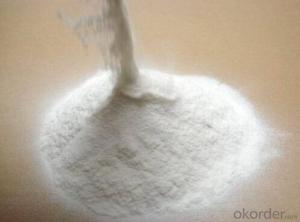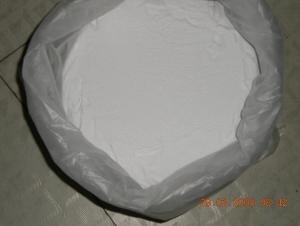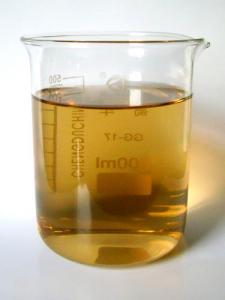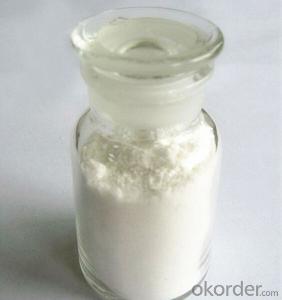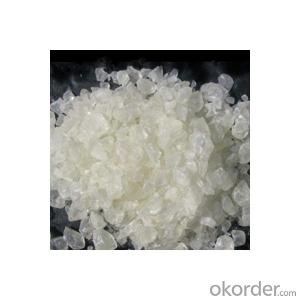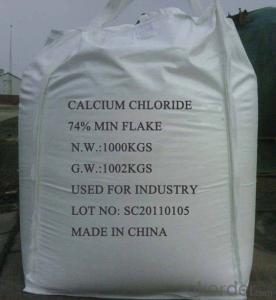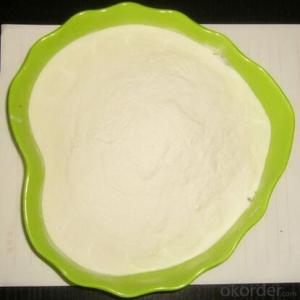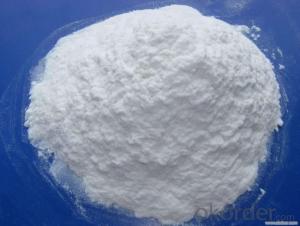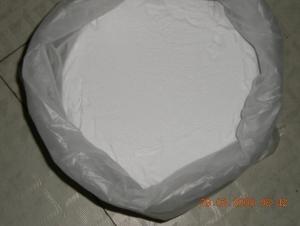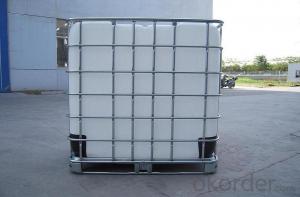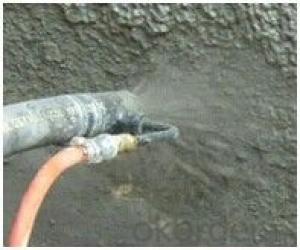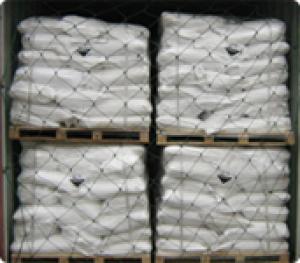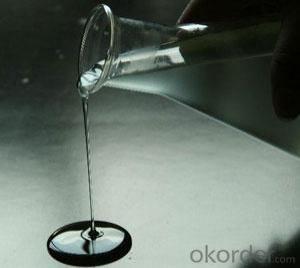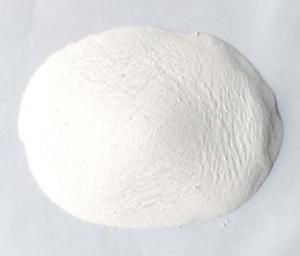Hydroxypropyl Methyl Cellulose (HPMC)-A
- Loading Port:
- China Main Port
- Payment Terms:
- TT OR LC
- Min Order Qty:
- -
- Supply Capability:
- -
OKorder Service Pledge
OKorder Financial Service
You Might Also Like
Hydroxypropyl Methyl Cellulose (HPMC) is non-ionic cellulose ether, made by natural high polymer cellulose as raw material and series of chemical processing. They provide water retention and cohesiveness to mixtures. With special modification, it can be used to control thickening, water demand, workability, sag resistance, strength and other important properties of the final product.
It is widely used as thickener, adhesive, water preserving agent, film-foaming agent in building materials, industrial coatings, synthetic resin, ceramic industry, medicine, food, textile, agricultural, cosmetic and other industries.
Physical and chemical index:
CAS: 9004-65-3 | INDEX | ||
60SS-E | 65SS-F | 75SS-K | |
Hydroxypropyl % | 7.0-12.0 | 4.0-7.5 | 4.0-12.0 |
Methoxyl % | 28.0-32.0 | 27.0-32.0 | 19.0-24.0 |
Gel temperature ℃ | 58-64 | 62-68 | 70-90 |
Moisture % | ≤5.0 | ||
Ash content % | ≤1.0 | ||
Viscosity mpa.s | 100-200000 | ||
≥70 | |||
Whiteness % | ≥75 | ||
Bulk density g /l | 370---420 | ||
Appearance | white or off-white fibrous or granular powder, odorless, tasteless | ||
Package:
25kg/package. Use polyethylene film cardboard or plastic polypropylene woven bag package.
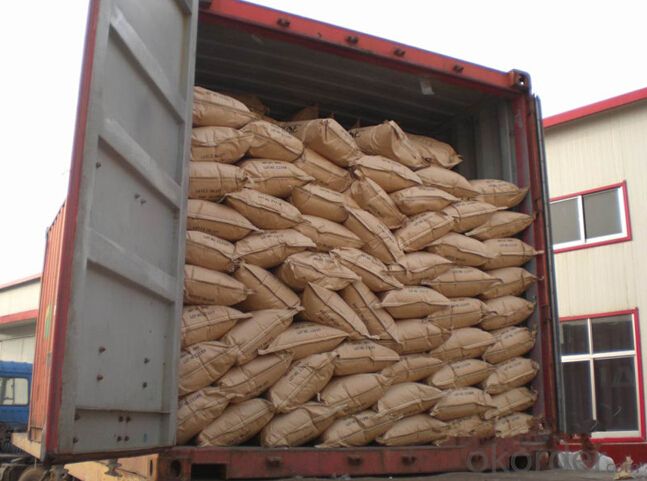
- Q: What is SPF? Is it kinda additive?
- SPF Sun protection factor. It's just a number scale that indicates how much longer you can stay in the sun without getting burned as opposed to wearing no sunscreen at all. For example, an SPF of 15 means you can (supposedly) stay in the sun 15 times longer than you normally can without burning, but that assumes that you don't lose the protection by swimming or sweating. Not sure what pharmaceutical companies add to sunscreen to increase the SPF though.
- Q: that are still allowed.
- Corn syrup Hydrogenated oils
- Q: (In Australia)What‘s that new diesel fuel additive everyone‘s talking about that is supposed to be the ducks nuts? Octane/Cetane booster?I head a diesel fitter at work talking about how the freighting companies are using it in their trucks and getting another load of freight with the same amount of fuel.Cheers.
- well from what ive learned, Those additives havent been proven to work, unconfirmed reports not lab tested of only 1/2 mpg or less. i have heard that true fuel savings are achieved by proper tire inflation, slowing down so the rpms match the gear ratio and tire rpm. i think the formula is something like engine rpm X gear ratios X tire size X tire rpm divided by 60. ( this might not be right) i am interested to see the correct answer your looking for, im willing to try it and see but nothing ive heard or tried truely works
- Q: Which is good for food additives
- Recommended to add, is a food additive platform, there are many suppliers.
- Q: Helping lubricate valves, high mileage engines, increasing compression.all of the claims on the labels, are they true? Better yet, are they worth the money?
- the only oil additive i know of that is worth the money is Lucas oil stabilizer. I have used it in my semi truck and in all my rear end gearboxes. I use Mobil 1 in my crankcase so i dont use it in the oil but if you are using a conventionl oil then it cant hurt, expecailly on an older engine.
- Q: Please give an example definition! THANKS! :)
- the sum of any additive and its inverse is always zero: x + (-x) 0
- Q: are fuel and oil additives a waste of money? i use fuel additive with increase lubricity and adds cetane. i use oil additives which prevent dry starts and decrease friction and reduce cylinder wash. while driving and listening to the road dog trucking show i heard a guest say that if oils and fuels needed the additives they would already be present in them from the beginning. they are an unnecessary waste of money. when i use these additives i can hear the difference in my motor especially when pulling a hill. normally when i pull a hill without any additives i can hear the pistons hammering away and if i work the engine too hard the hammering sound becomes a loud chatter. not with the additives; even on big hills the engine sounds smooth and quiet and the temp stays below 200F and the fan rarely kicks on while i pull a hill with these additives.without the additives, the engine runs hotter and kicks the fan in more times. how can he say that additives are a waste of money?
- just a sledge hammer should should work.
- Q: Does MSG belong to food additives?
- In accordance with the provisions of Article 11 of the General Administration of Quality Supervision, Inspection and Quarantine of Foodstuffs, the use of sweeteners, preservatives, colorants and other food additives directly in food shall establish food additives in the list of ingredients, The names of the various food additives used under this item are also marked.
- Q: What is the best Gas Additive?
- CRC makes Guaranteed To Pass for both gas and diesel engines. It is made to be used before emissions testing to pass but can also be used as an additive just to clean up the fuel system. I have found I gain about 10-20 miles extra per tank (with a 20 gallon tank) after using it for the next 2 or 3 tanks. This is the only additive I have seen do something. The others just seem to burn up with the gasoline without any observable difference.
- Q: What is the best oil and fuel additive for a Mercedes?
- The ONLY oils to use have EUROPEAN spec numbers. BENZ requires 229.00 and HIGHER ones. LUBRO-MOLY and TOTAL ENERGY oil from france are EXCELLENT ones, but MOBIL ONE 0W_40 si the easiest to find. AMSOIL makes on good for 25,000 mile intervals. The ONLY additive to use also comes form GERMANY and is called CERATEC. it is a CERAMIC additive that coats the cylinder walls and fills in small imperfections. ALSO use a good MOTOR FLUSH in there first. to remove ALL the crud collected on your PISTON RINGS most people have used VALVOLINE in those engines. and THAT is the PROBLEM. MOdern fuels have TONS of detergent in them so NOT additives are4 really necessary. B U T it is IMPORTANT to have someone familiar with BOSCH INJECTION to examine and adjust your AIR/FUEL mixture. A properly tuned INJECTION system will keep things going for YEARS longer, with NO converter or O2 sensor issues. WHICH benz do you have?? GGOD LUCK!!
Send your message to us
Hydroxypropyl Methyl Cellulose (HPMC)-A
- Loading Port:
- China Main Port
- Payment Terms:
- TT OR LC
- Min Order Qty:
- -
- Supply Capability:
- -
OKorder Service Pledge
OKorder Financial Service
Similar products
Hot products
Hot Searches
Related keywords
